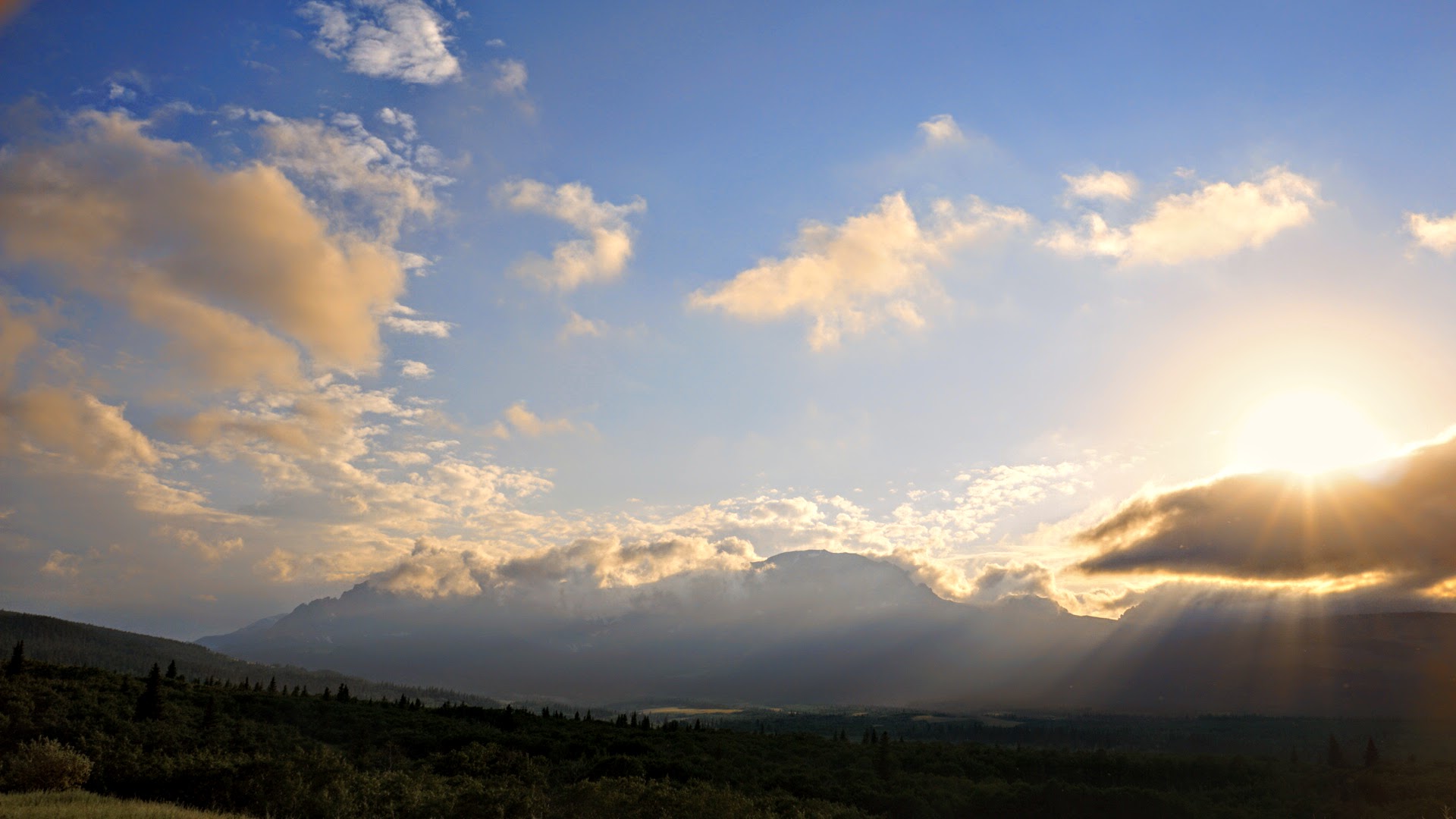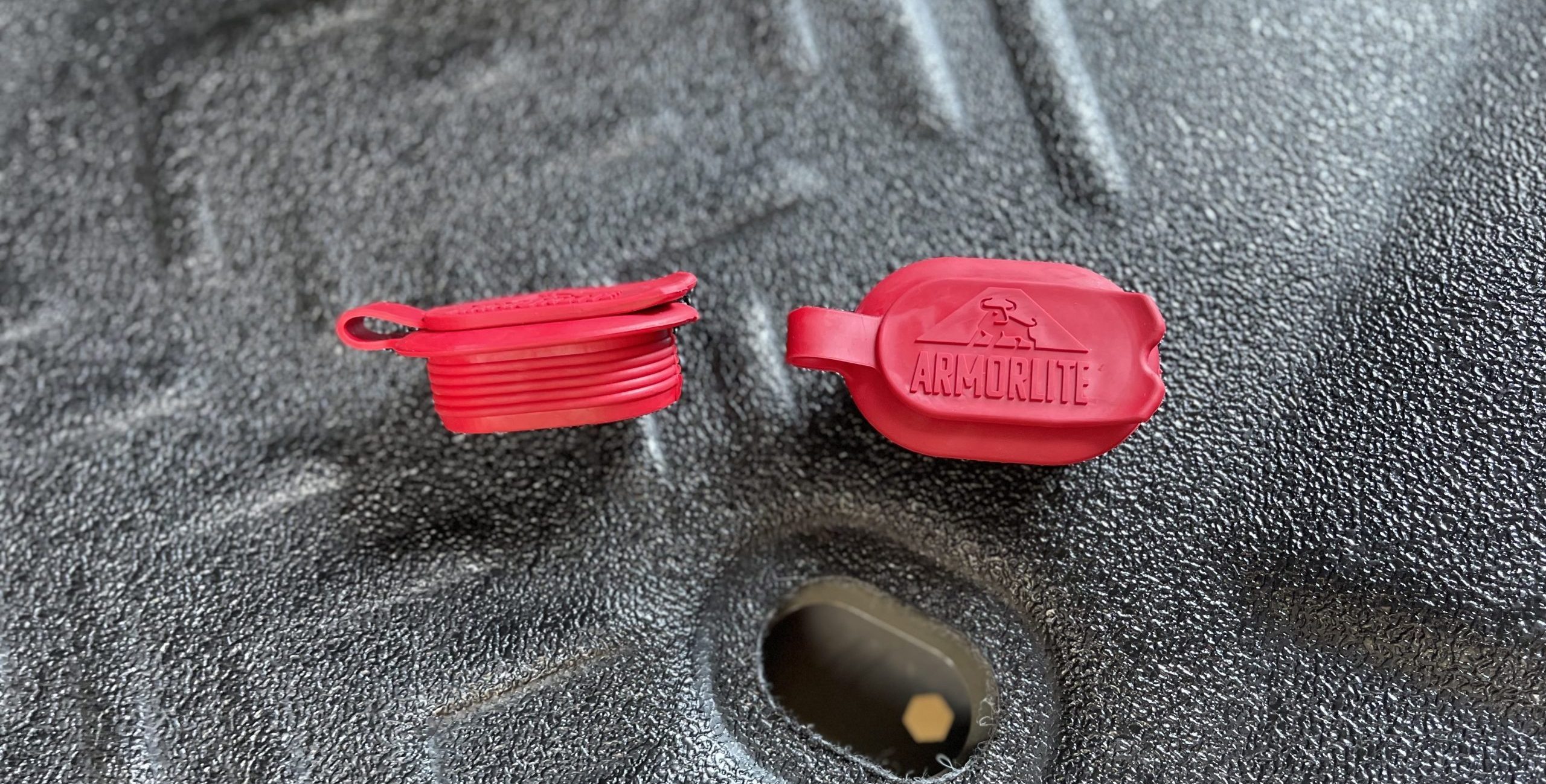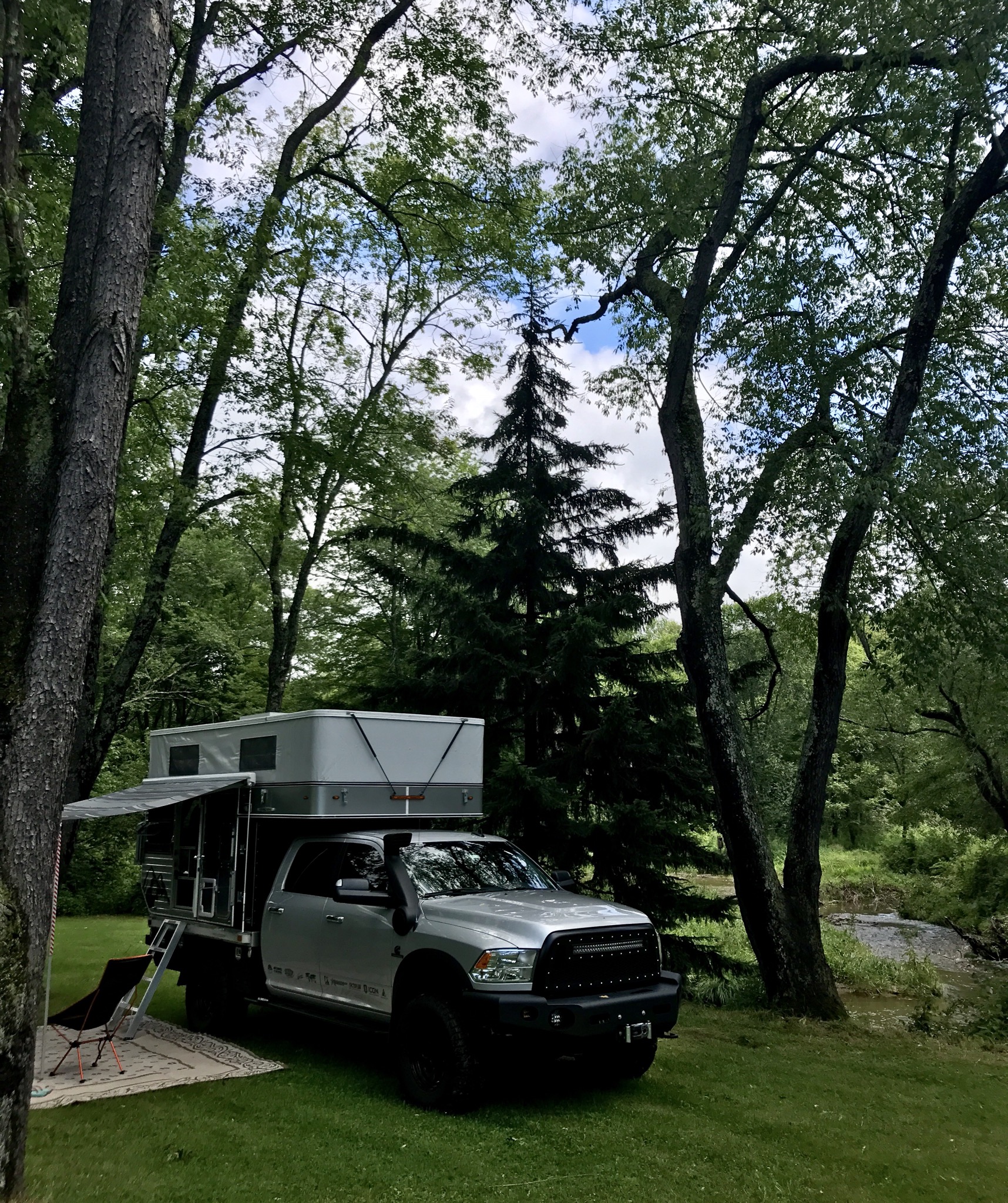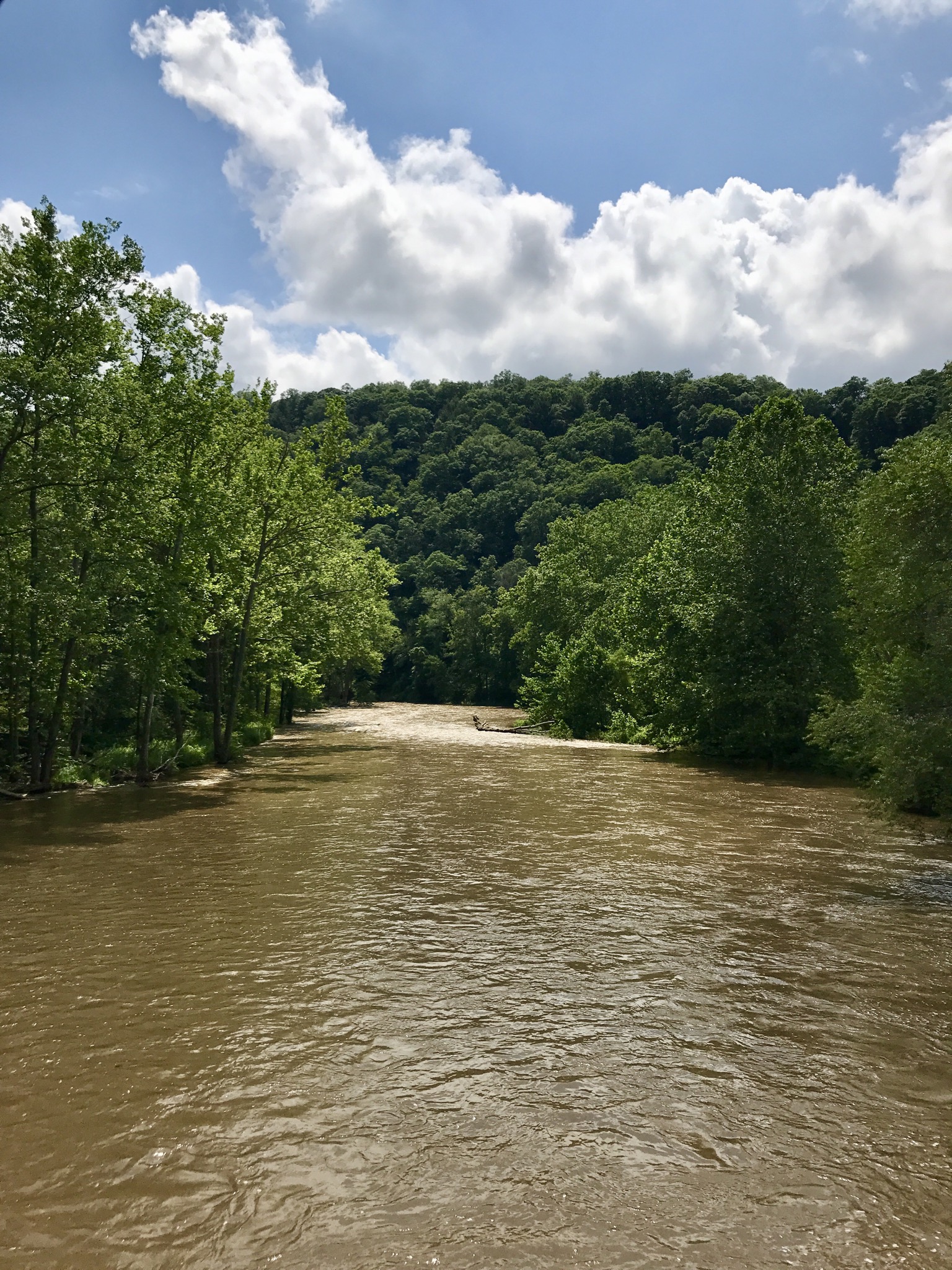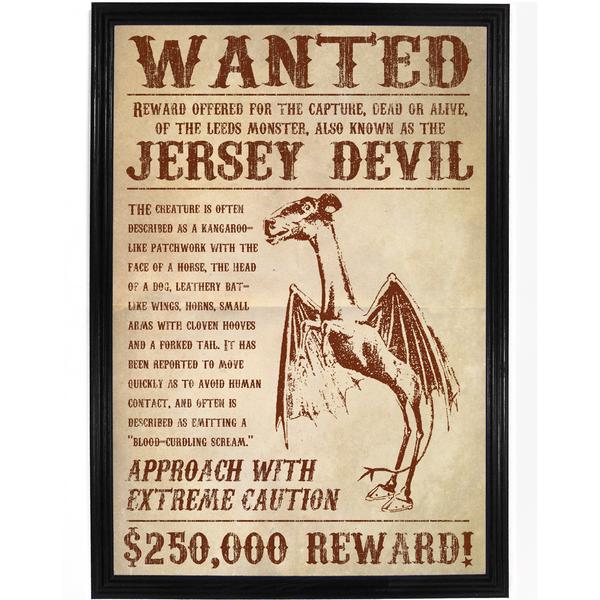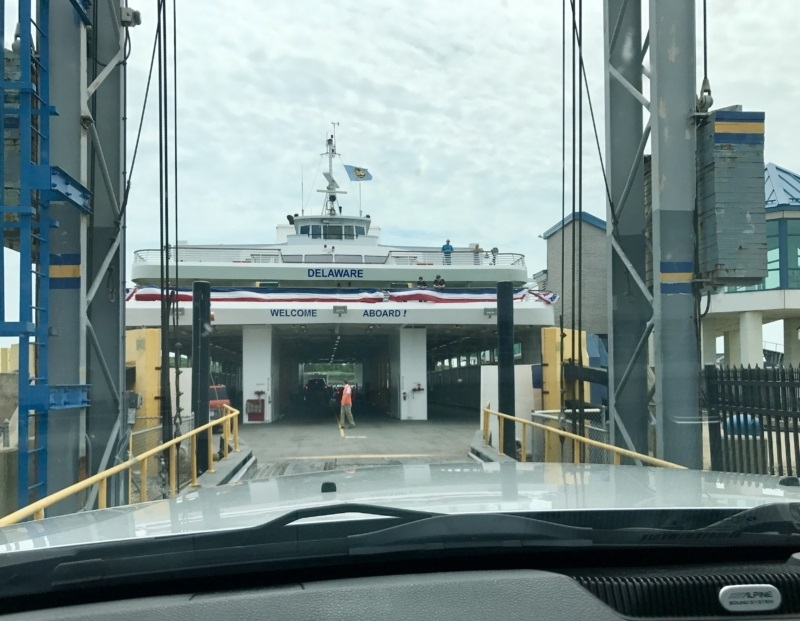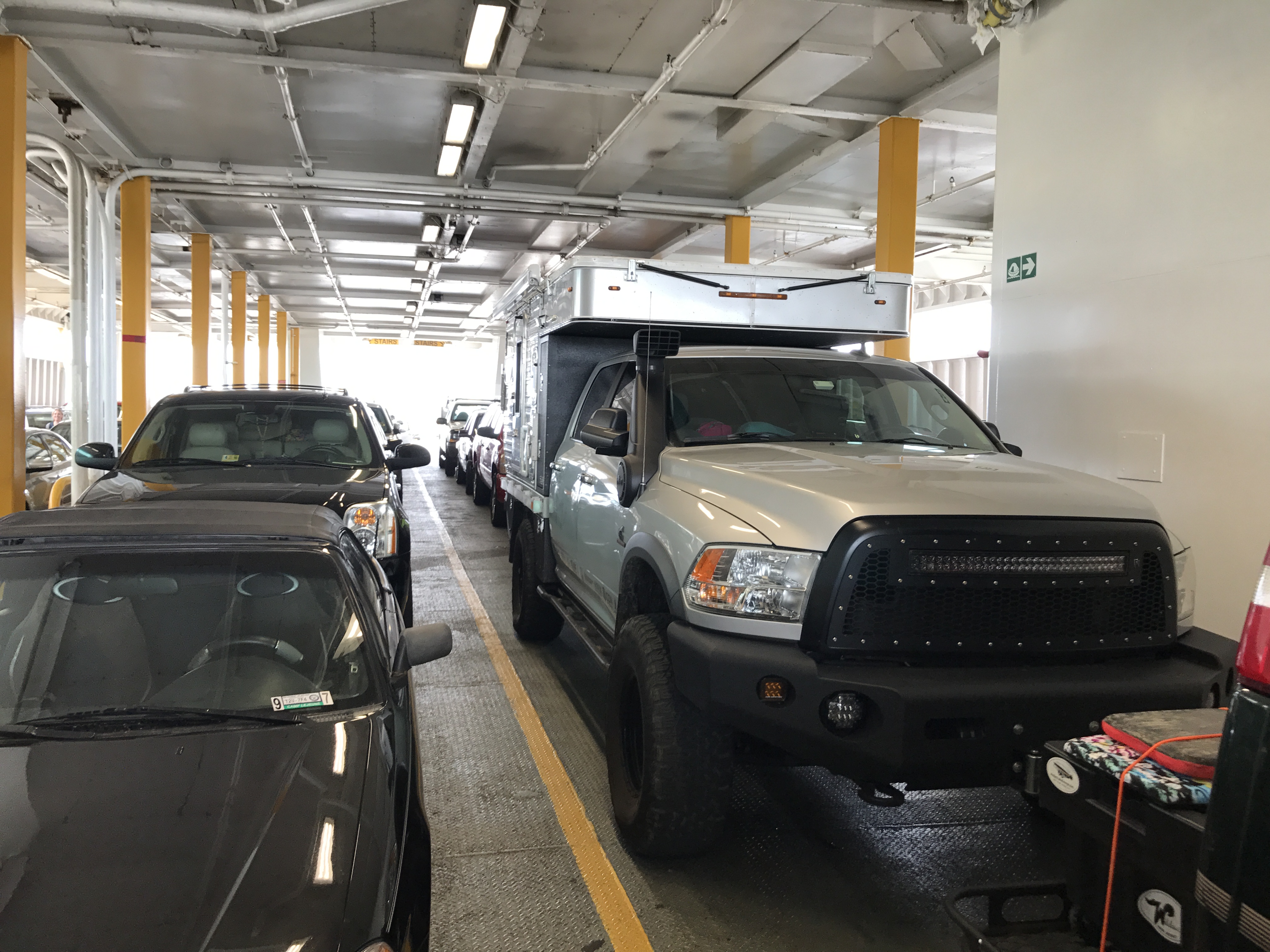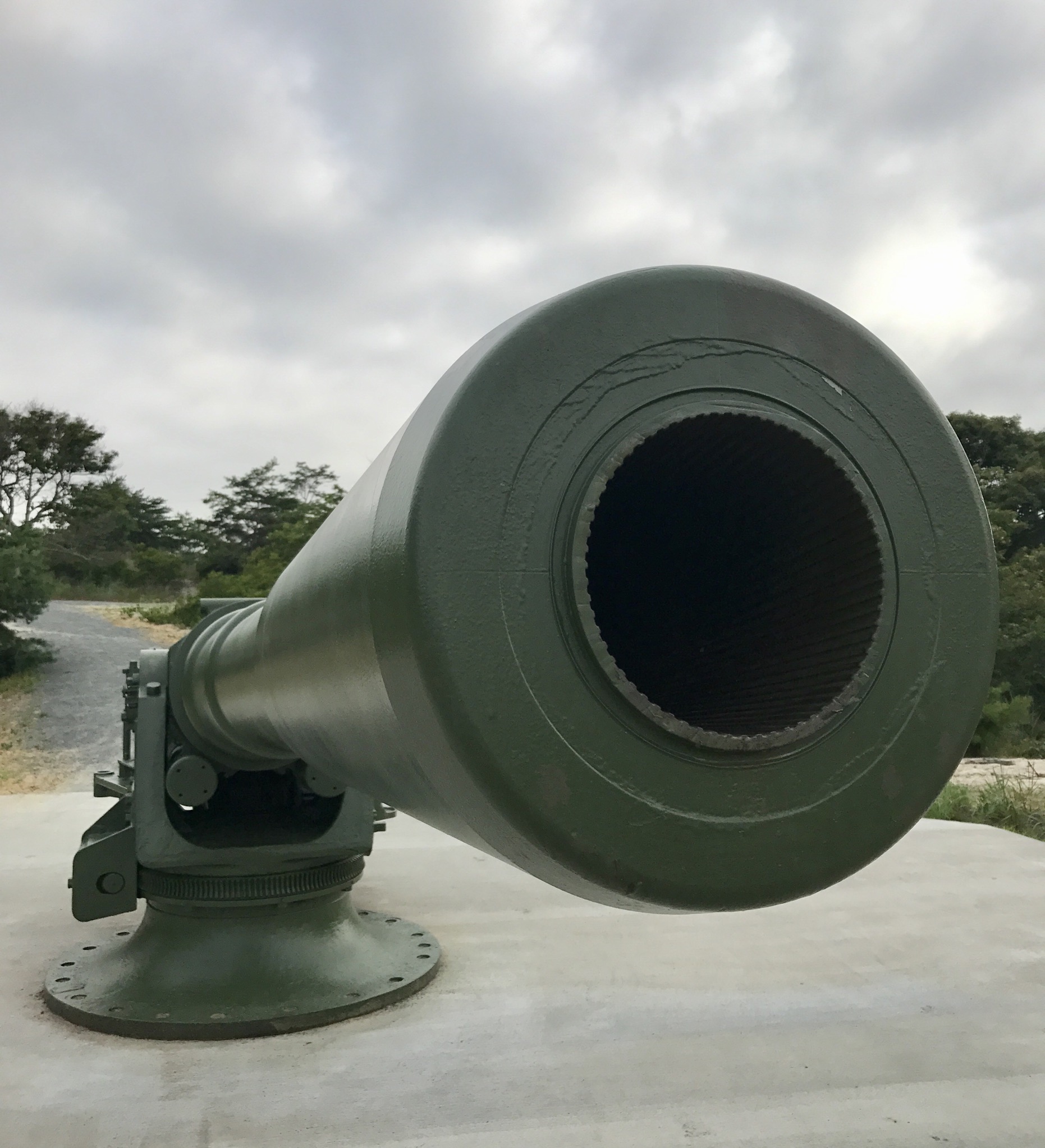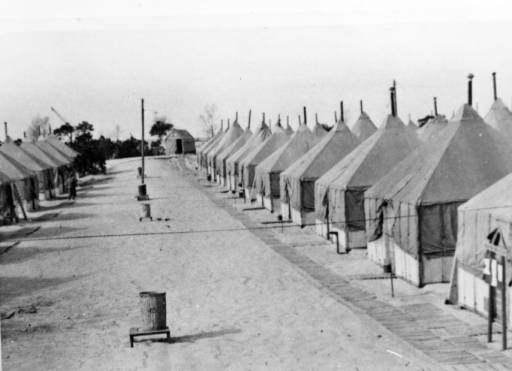OEM’s should be using Armorlite flooring. But they’re still putting carpet in new 4×4 trucks and SUV’s for the 2022 model year. Which makes perfect sense >insert sarcasm here< for vehicles marketed and sold to people like us who intend to take them off the beaten path in search of all of the things that are inherently wet, sandy, and muddy.
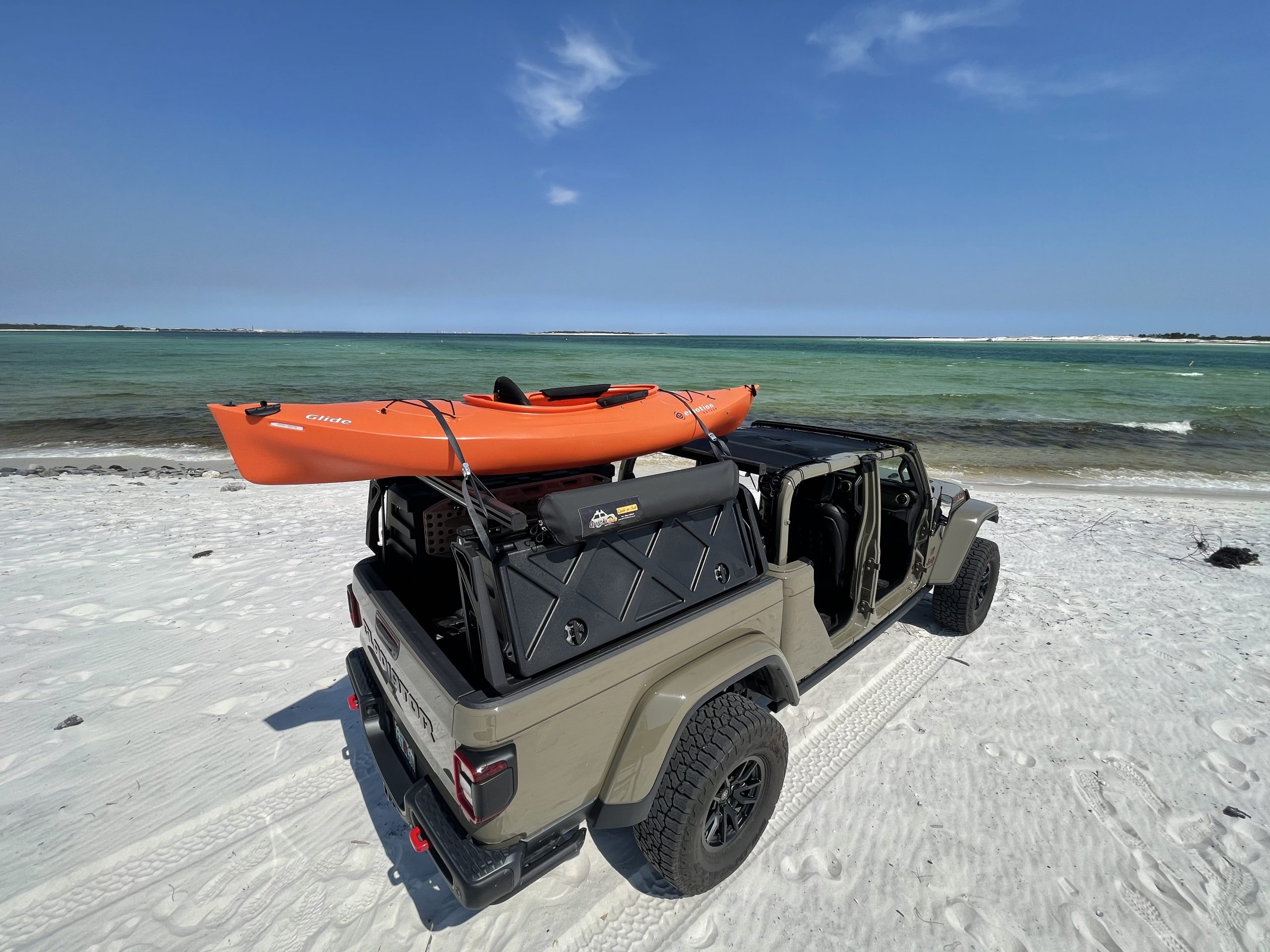
Background
Imagine if you will an aftermarket flooring system that exactly replicates the size, shape, and contour of the OEM carpet flooring kit while enhancing acoustic and thermal insulation properties. Now imagine if that kit was super water resistant with built in drain plugs to hose it out after a long weekend outdoors. Then, what if it was actually easy to install in your driveway with hand tools?
Well, someone finally filled this important niche with a MUCH better option than carpet or even spray in bed liner. Available for Jeep Wranglers and Gladiators (for now), this new solution is called ARMORLITE.
Armorlite was developed and built by Auria, a leading global supplier of automotive acoustics and fiber-based systems. Formed in 2017, Auria is built on a 100-year transportation industry heritage and has produced more than three million Jeep® Wrangler factory floors. Auria’s first foray into the direct-to-consumer automotive aftermarket, Armorlite is designed and manufactured in Old Fort, North Carolina, USA.
Before this product came on the market, I had considered Rhino or Line-X for the tub of my new Gladiator because wet and sandy is a weekly incident here in Florida. But once I looked a little deeper under the OEM carpet I quickly changed my mind. For the “I’d rather Line-X the floorboards like my dad did on his old CJ” crowd, below you can see how ugly the unfinished floor pan is. Note the HVAC and various electrical runs visible throughout. You would be putting bedliner OVER those potentially serviceable items and that would not only be short-sighted, it would look terrible.
Bedliner would also provide NO noticeable sound deadening and no real insulation from the heat of the typical V6 exhaust which is 3-4 inches directly under the floorboards on both sides. Armorlite addresses all these issues well.

Materials
Made from nonwoven thermoplastic material, Armorlite’s layered design appears to be extremely durable (easily twice as thick as the OEM flooring it replaces), and features a patented water-drainage system with heat and noise insulation and a laser-measured fit. I know it’s tough because I almost destroyed a nice pair of trauma shears when I tried to cut a small hidden corner of this dinosaur hide. Here’s a quick dissection of the material composition:
- The tough top layer is resistant to scratching and marring, and offers excellent grip and water protection.
- The middle structural layer bonds the topcoat to the dense thermal insulator and provides the stiffness to achieve exact vehicle fit.
- The underlayment material is made of durable polyester fibers that do not absorb water and eliminates the issue of smelly, moldy OEM carpet. This layer also provides thermal protection for the entire floor surface, with the added benefit of sound management.

Installation
This part is really straightforward. The front seats don’t even need to be removed all the way from the vehicle which saves time and effort, and the rear seats just flip up out of the way during install. Removal of the OEM carpet is a breeze once the center console is loosened via four 10mm bolts, then it’s just a few light snaps once the seats and bins are out of the way. The hardest part of the Armorlite install is the door sill trim, they just snap in and out so take your time and make sure everything is fully seated upon reassembly.
Below you can see the driver’s side before bolting the seat back up up. You can see the full coverage under the seats here and the large, protected seam area between the front and rear floor panels. This seam also creates a way for moisture to escape if by chance it somehow became trapped under this layer. A single piece of cab flooring would be damn near impossible to handle during install or future maintenance so this modular design works well.

Here you can see the driver’s side all buttoned up. No more need for floor mats or the pegs to locate them. And no more sand or hair permanently ground into the carpet. No chance of drama with muddy boots, dogs or spilled coffee.
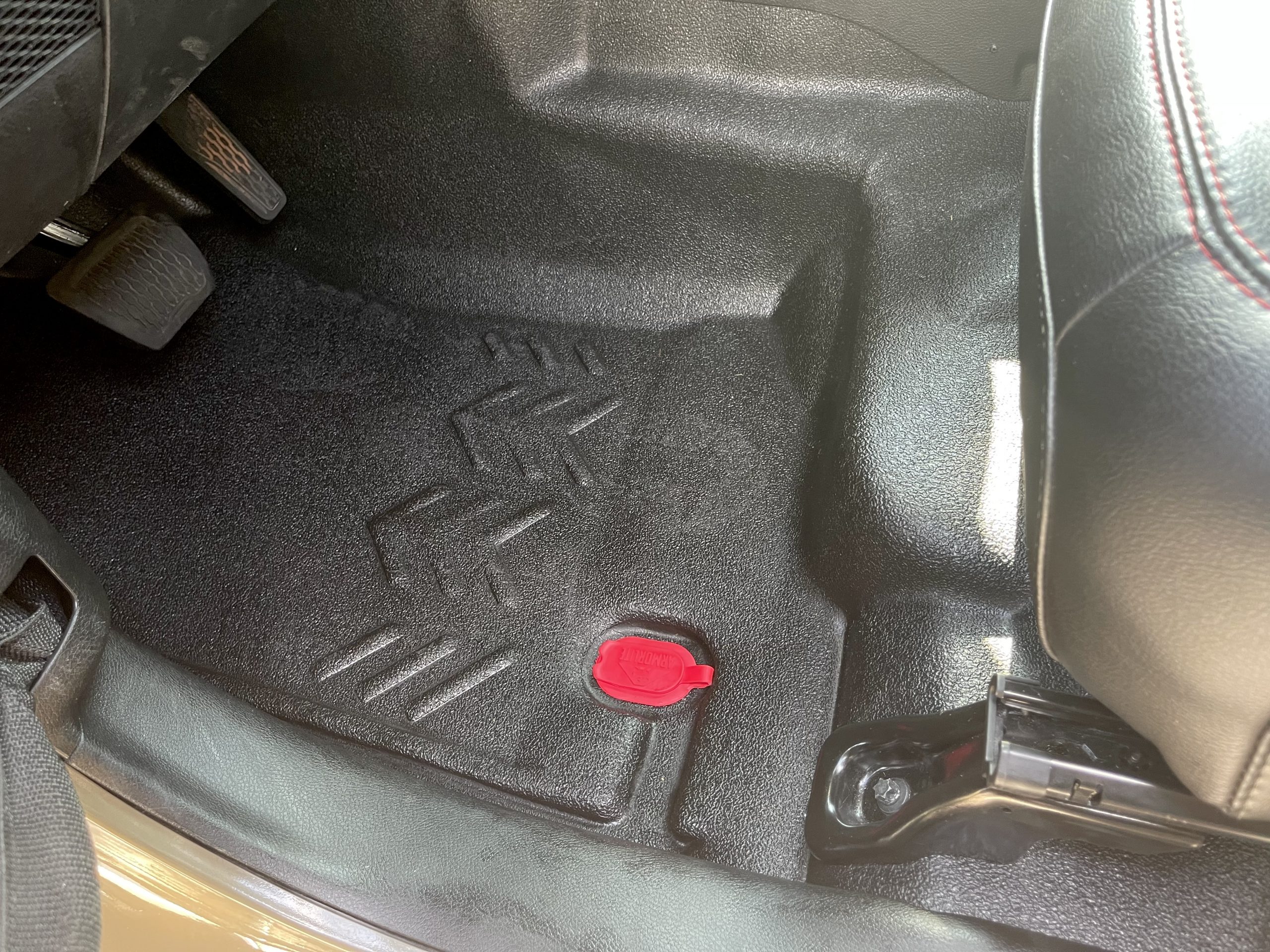

Gladiator rear flooring 
Gladiator front flooring
Drain Plugs!
The floor drain plugs are available in different colors and are what really makes Armorlite unique. The water-repellent floor is designed to channel water directly to the existing factory drain holes in the floor of the vehicle and this plug design lets water out, without letting it in.
Now water, sand, and mud can be easily hosed out of the vehicle, and the flooring material also appears to be impervious to staining from the red clay mud found here in the deep south. Just wipe it down with soap and water and hose out the gunk! If you’re interested, you can see my full build thread on our forum HERE.

Drain plugs! 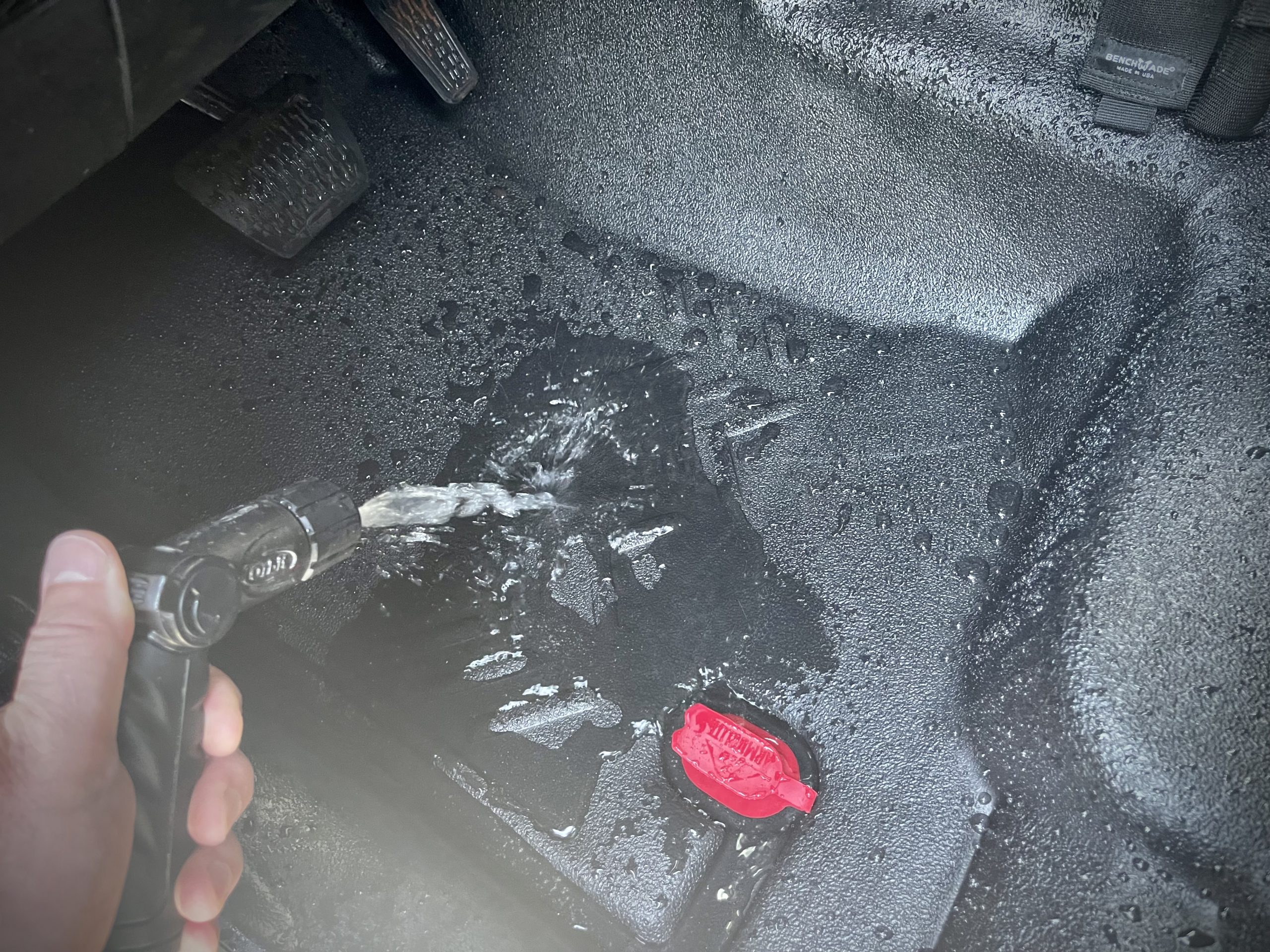
Water in. Water out.
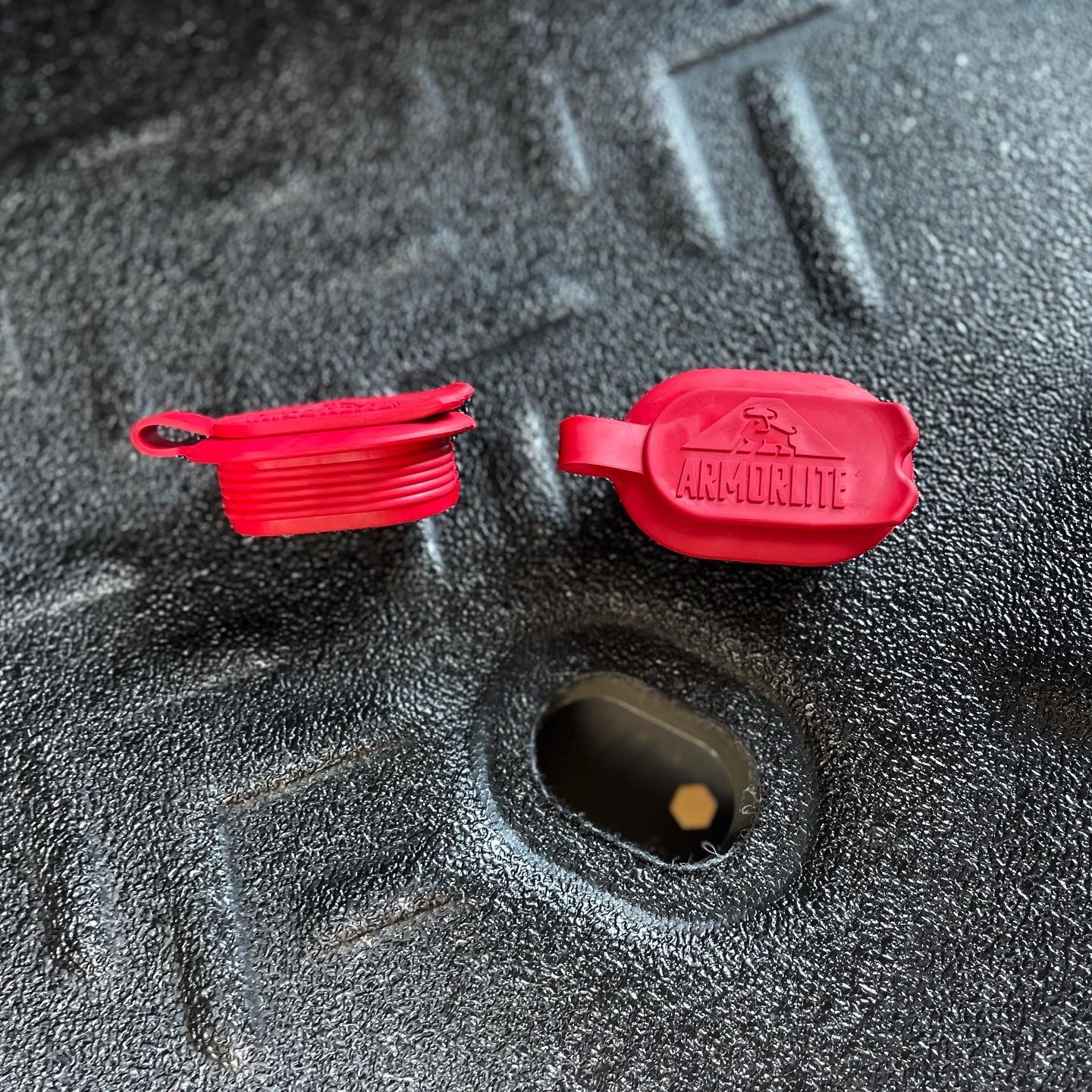
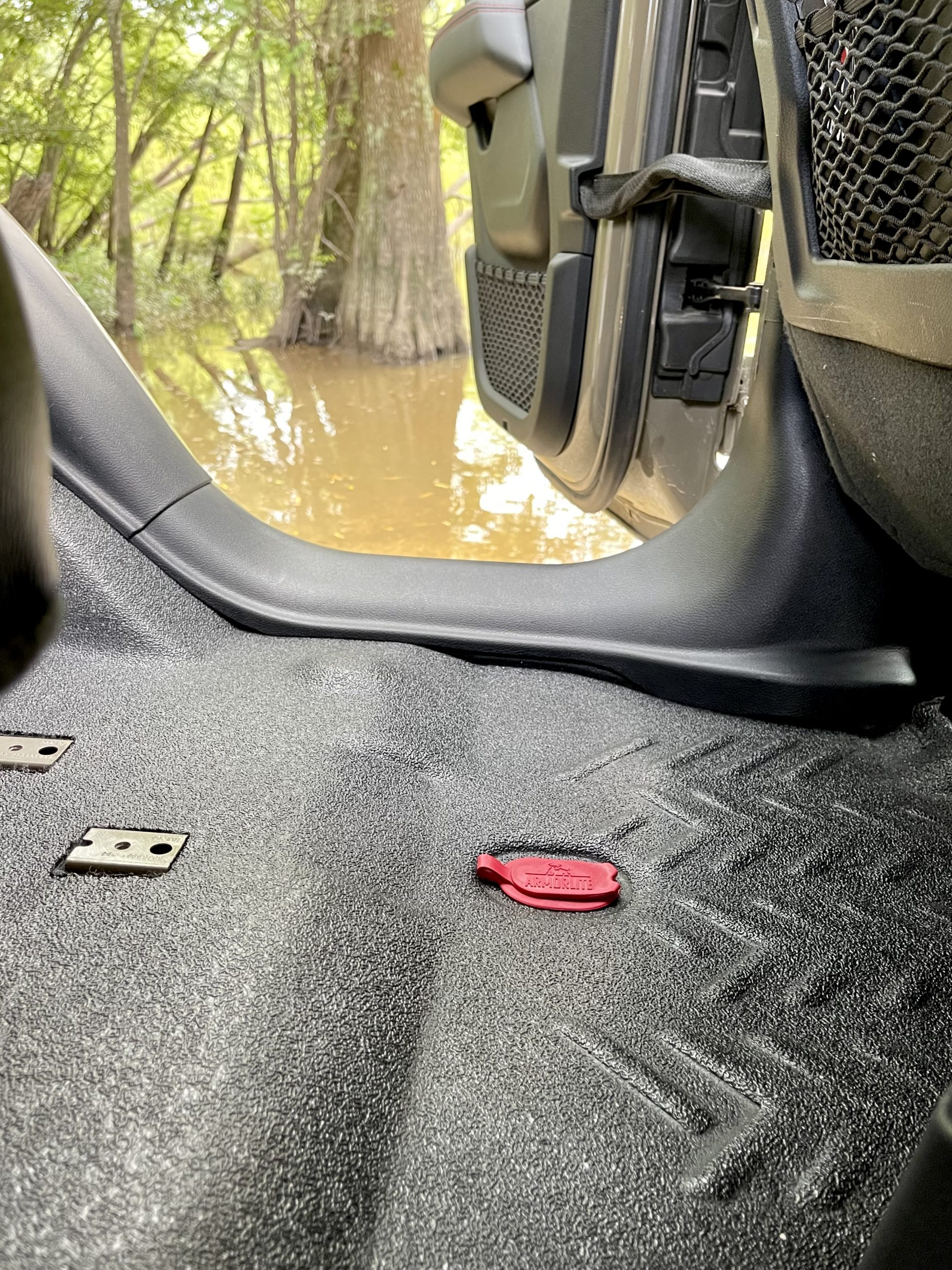
Rear door jam detail 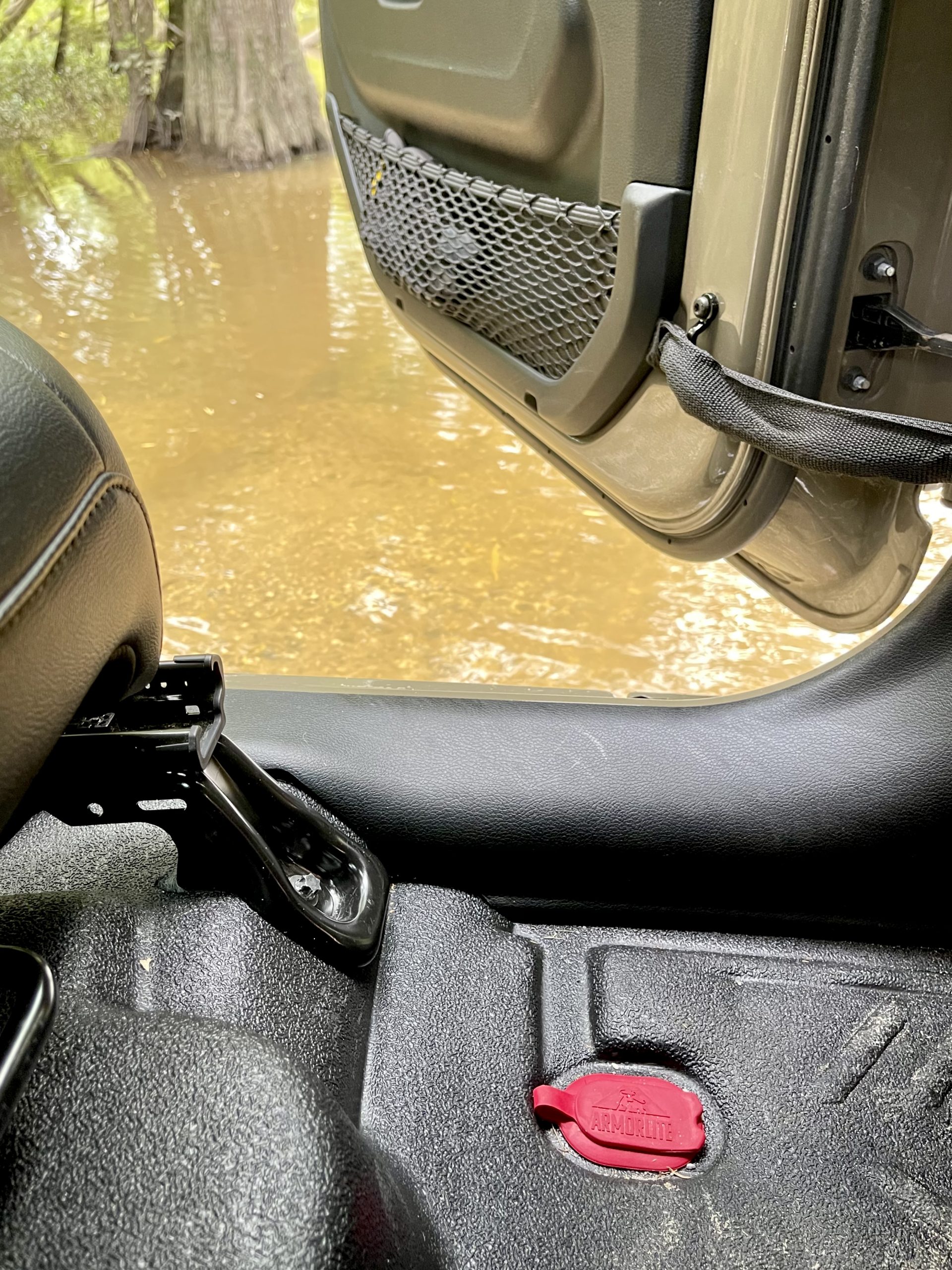
Front door jam detail

Conclusion
Armorlite flooring is a game changer for me here in the hot, wet of the Deep South. I’m no longer worried about what (or how much) I drag in on my boots because it hoses right out. And if you forget the top is off when the rain hits overnight that’s cool, just pop the drains.
Surprisingly, I feel like I actually GAINED some room up front by removing the factory floor mats and their annoying anchor pegs. Sound and heat are noticeably reduced as well. My daughter likes to kick off her flip flops in the Jeep and had commented on how hot the floor would get. This is no longer an issue as she says she can feel the difference in insulation compared to the OEM carpet with her bare feet.
Weight difference between the OEM carpet and rubber floor mats is negligible, and it LOOKS way better. More important than looks is the fact that the added functionality of the drain plugs isn’t just some marketing gimmick. It’s a robust, well thought out flooring SYSTEM that actually works as advertised. It’s not cheap at just over $600 for the front and rear system, but the fact that Armorlite is actually made right here in the USA and not by some cheap Chinesium peddler makes it easy to recommend to you.
FULL DISCLOSURE: The Armorlite flooring system featured here was provided at no cost to the author for the purpose of this independent product review.
